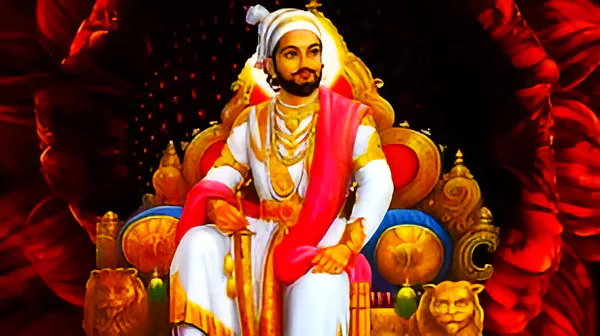![]() 19 Feb 2024
19 Feb 2024
Chhatrapati Shivaji Maharaj Jayanti / Shivaji Jayanti, is celebrated on February 19 every year.

The Battle of Pratapgarh:
|
|---|
Ashtapradhan Mandal of Shivaji Maharaj: an exemplary model of governance
|
|---|
Reference: Livemint
| Must Read | |
| NCERT Notes For UPSC | UPSC Daily Current Affairs |
| UPSC Blogs | UPSC Daily Editorials |
| Daily Current Affairs Quiz | Daily Main Answer Writing |
| UPSC Mains Previous Year Papers | UPSC Test Series 2024 |
<div class="new-fform">
</div>